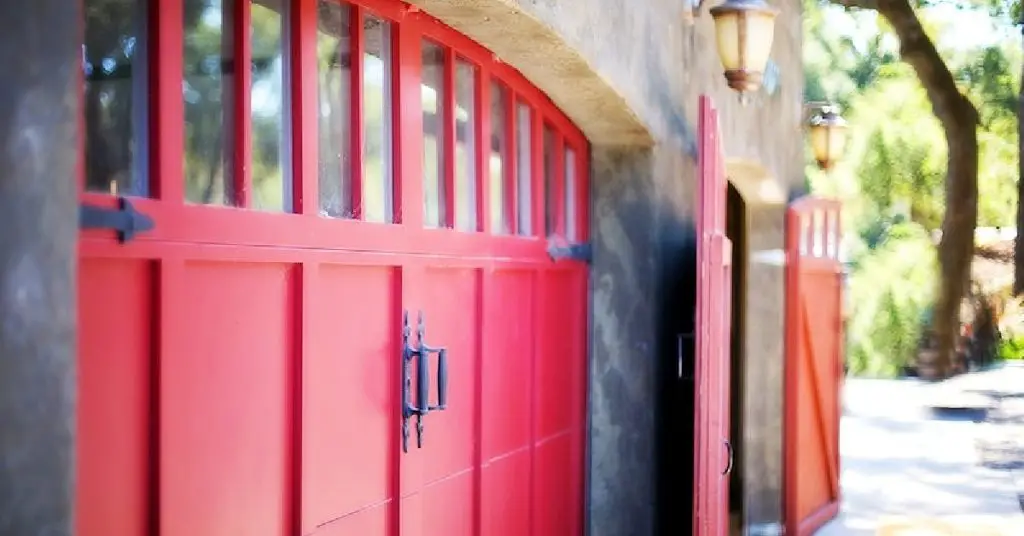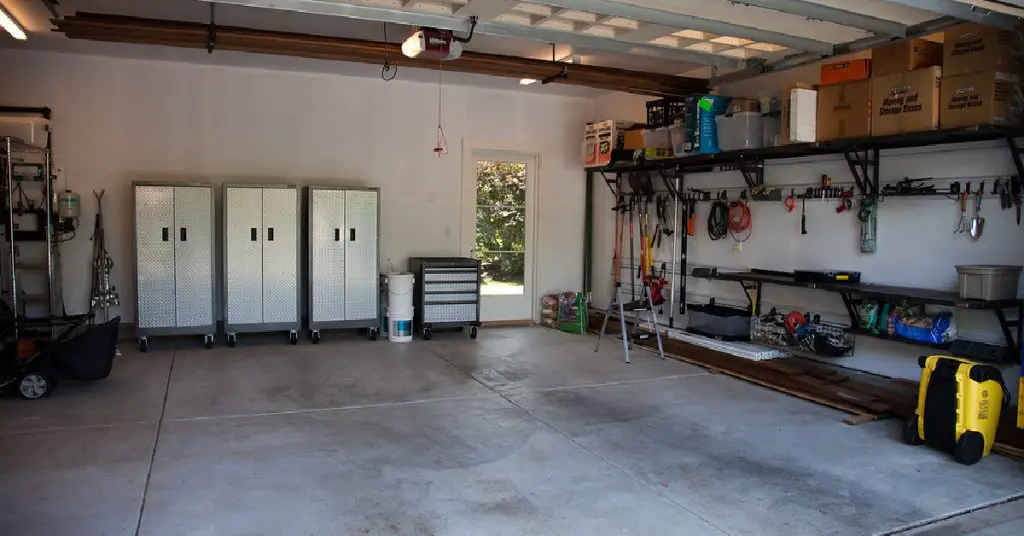The garage is an important part of any home, but it can also be a source of frustration when it floods. There are many reasons why garages flood. These include installing flood vents, a bottom seal, and a barrier. Adding a drain or vapor barrier will also help. Also, garages are prone to flooding because they are often poorly designed or constructed. Cracked concrete can also allow water to enter your garage. If you notice cracks in your driveway or garage, you should fix them immediately. Learn what causes them and how to stop garage from flooding.

Why is Water in My Garage?
If you notice water in your garage, there are several reasons it may be there. Some people find water in their garages can damage their possessions or rust tools. Others see the water as a sign of mold. Either way, you need to investigate the source of the water to determine how to repair it. Here is a few common causes of water in the garage:
Poorly Designed Roofs:
The most common cause of water in your garage is a leak in your roof. Many garages are made out of wood, which means that they are susceptible to rotting. In addition, they are usually not insulated, meaning that heat builds up inside the structure. This makes the garage warmer than outside temperatures, causing moisture to condense on the roof. However, a leak can also occur anywhere in your garage, including the underside of your garage door. In the case of a leak in the roof, you must identify where it is coming from and then repair it as soon as possible.
Condensation:
Condensation is another possible cause. When warm air meets cold surfaces, it forms water vapor and condenses. Garage walls and floors are made of concrete, prone to condensation. Condensation can damage your garage and cause mold growth. It can also be a hazard if you slip and fall on the wet floor.
Drainage Issues:
A common problem with garages is drainage issues. If there isn’t enough space between the floor joists, water will pool up against the walls and ceiling. This can lead to mold growth, rot, and other damage. It’s important to make sure that the garage has adequate drainage so that water doesn’t collect in the first place.

Rain:
Another common reason for water in your garage is rain. Because most garages are not watertight, rainwater will seep into the garage. Ignoring this problem can cause serious leaks and water damage. If left unchecked, a serious leak can ruin your floors, your vehicles, and your personal items. The damage may even spread to your garage and driveway. If you live in an area where there is heavy rainfall, then you should install sump pumps in your garage. These devices will help drain water away from the foundation of your home. They also keep the basement dry by preventing water from entering through the floor.
Broken Seal:
A broken seal under your garage door is another common cause. A worn rubber gasket that does not seal tightly can allow water to seep underneath. A replacement seal will solve the problem. Alternatively, you may have drainage problems that prevent water from reaching the garage. Try installing gutters to divert the water away from your home. A sight from those reasons there are also several reasons for garage floods like improperly installed sump pumps, overflow from rainwater tanks, leaks from attic ventilation systems, etc.
9 Effective Methods for How to Stop Garage from Flooding
If you are willing to stop the flood in your garage. Then those 9 methods will help you to stop flooding. Try to apply all of those methods in your garage:
Method 1: Install flood vents
In the event of a flood, installing flood vents will help to prevent your garage from flooding. These vents are openings in the lower end of the walls that let water flow out and away. This will help protect the items stored in your garage from damage and the garage’s structure as well. These vents are different from floor drains. The bottom portion of the vent should be at least 1 foot above grade. Installing flood vents on garage doors can help prevent flood damage, too. They prevent water from building up against the garage door, which may cause the door to cave in. Additionally, installing flood vents can help you lower your flood insurance.

Method 2: Install a threshold seal
Installing a threshold seal is an excellent way to protect your garage from flooding. These seals are installed at an angle behind the garage door and provide an effective water barrier. Because the seal sits further under the door, it will make good contact with the bottom of the door. They can also protect against draughts and debris that may fall under the door. These seals can be used on any type of garage door, including roll-up and hinged doors. They create a half-inch barrier to block moisture from penetrating the garage. You can choose from a variety of colors and sizes. Each threshold kit includes a one-piece door seal and the adhesive that you prefer.
Before installing a threshold seal, you need to prepare the concrete. If you’re using a pressure-sensitive V-strip, you’ll need to clean it with a degreaser. Next, measure the width of the opening. After measuring, cut a piece of threshold to fit the opening.
Method 3: Install a bottom seal
One of the most effective ways to keep your garage dry is to install a bottom seal. The seal covers the bottom part of the garage door. This will stop water from entering the garage and will prevent it from flooding. If there is no bottom seal, water will be able to seep through the door and enter the house. You can also install a threshold seal that is attached to the floor. This will keep water and debris from entering the garage and prevent water from dripping on your items. Adding weatherstripping is also a good way to keep your garage dry. You can install weatherstripping along the bottom panel as well to prevent water from getting in.
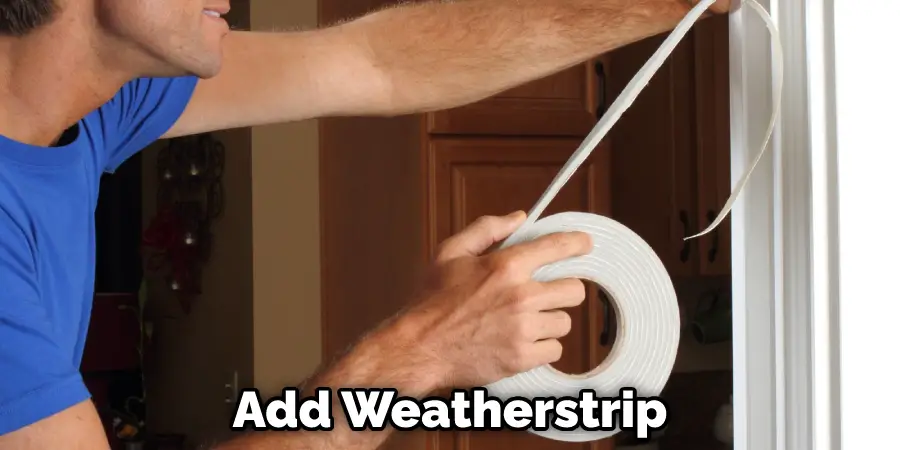
Flooding is a common natural disaster in the U.S. and can be devastating to property. A garage is often the first area that floodwater will penetrate. Since most garages are not fully watertight, this can be a problem.
Method 4: Install a flood barrier
You can prevent flooding in your garage by installing a flood barrier outside the home. These barriers direct water away from your garage and prevent it from staying there for long. These barriers can also protect your expensive household items. If you live in an area where flooding is a common occurrence, you should consider installing flood barriers outside your home. Flood barriers come in different shapes and sizes. You should select the one that is appropriate for your house.
Commercial barriers are typically made of heavy-weight plastic and are supported by steel frames. For homes, you should choose a 3-foot barrier. A flood barrier is easy to install and does not require any special skills. You can find flood barrier manufacturers online. You can also rent flood barriers from a company for a fee that includes installation and post-flood removal. You can also use sandbags to act as a flood barrier. These can be placed outside of your garage and will act as a short-term dam to absorb floodwater. The barrier will prevent floodwater from reaching your garage and home.
Method 5: Sandbags
Sandbags can act as a barrier, stopping floodwaters from entering the garage. They can be placed in specific formations and stacked to form a temporary dam. Additionally, you can invest in landscaping around your garage to prevent flooding. Landscapers can help level uneven ground so the sandbags can act as a barrier. Another option is to install a trench drain, which allows floodwater to flow away from your garage. However, make sure that the drain does not allow runoff toward your neighbor’s yard or sidewalk. This way, the water will slow down and not damage your property. Sandbags can act as a barrier to low-level flooding, but they may not completely seal the area. However, they can direct floodwater away from your home and prevent serious water damage.
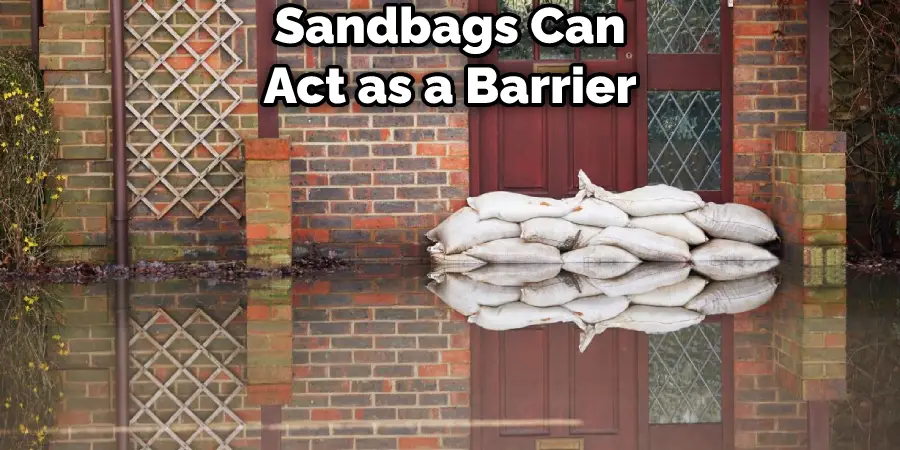
Sandbag barriers should be made of two layers, and the bags should be wider at the base than at the top. Once they are placed in place, step on top of them to compact them. The more tightly you pack them, the less chance there is for water to seep through. Sandbag barriers should also be staggered to minimize the flow of water.
Method 6: Perimeter drains
There are many different methods to prevent your garage from flooding. You can use perimeter drains to move water away from your house. In addition, you can install flood vents on the lower part of your garage wall. These will prevent water from damaging your items and the structure of your garage. Drain inlets will channel water away from your garage to a stormwater drain or a nearby stream. Regardless of the method you choose, be sure that your perimeter drains are working correctly.
One of the most important aspects of flood prevention is installing perimeter drains. Installing them outside your garage will stop rainwater from soaking into the garage. This will prevent water from sitting in the garage for a long time. Additionally, they will keep your garage from flooding in heavy rain.
Method 7: Foundation cracks
If you have a cracked foundation, it’s possible that your garage will flood. Most older homes do not have any internal reinforcement. Instead, they have a concrete footing that is not visible. The problem is that you can’t see the foundation, so you might not notice a crack. In this situation, the only way to know whether your garage will flood is to inspect it closely. The first step is to identify the extent of the cracks. Check for vertical and diagonal cracks. If these are more than a single block wide, you’re probably dealing with a structural crack. Some homeowners try to fill in cracks using hydraulic cement, but this solution doesn’t bond to the original cement.
Foundation cracks can be repaired in a number of ways. Depending on their size, they can be fixed with wall anchors, epoxy, or steel I-beams. Another solution involves underpinning the foundation. Underpinning means securing the building to supporting soil. When the foundation is lifted, a raised section of soil will form around it.
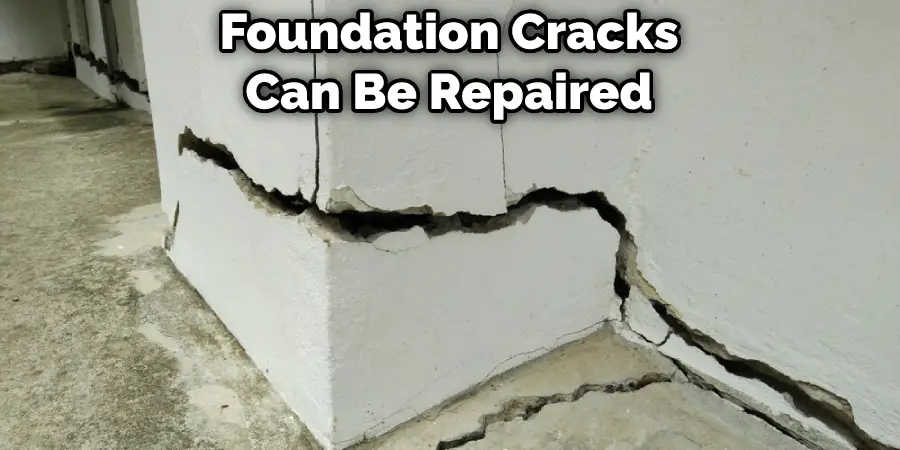
Method 8: Water pipe bursts
If your garage is flooded due to a water pipe burst, you may not have time to clean up the mess on your own. The first step is to shut off the main water supply. This shutoff valve is often located near your water heater or in the basement or crawl space. Once the main water supply is off, the next step is to contact your insurance company. Your homeowner’s insurance policy should cover the costs of repairing water damage due to burst pipes.
During the emergency, you should try to dry up as much of the water as possible. This will prevent the water from getting into your home and causing extensive damage. It will also prevent mold and mildew from growing in your home. You should also take pictures of the water damage to document it.
Method 9: Proper drainage
One of the best ways to prevent a garage from flooding is to install drainage outside the garage. This prevents water from entering the garage and doesn’t allow it to stay in the garage for long. It’s essential to clean the gutters regularly to prevent clogging, which can result in a flood. Next, check the foundation for cracks that let water in. These cracks can be filled with foundation crack filler and will help prevent flooding. Another way to prevent floods is to install flood vents underneath the garage. This type of drainage allows water to drain from the garage without damaging the foundation.
You Can Check It Out to Fix Gap at Top of Garage Door
Frequently Asked Questions
Why Does My Garage Flood When It Rains?
If your garage floods when it rains, you may be wondering if the problem stems from a drainage issue. A drainage issue occurs when a drainage pipe is backed up and can’t drain water away. Whether the problem stems from a drainage channel or a roller door, it’s a major headache for homeowners.
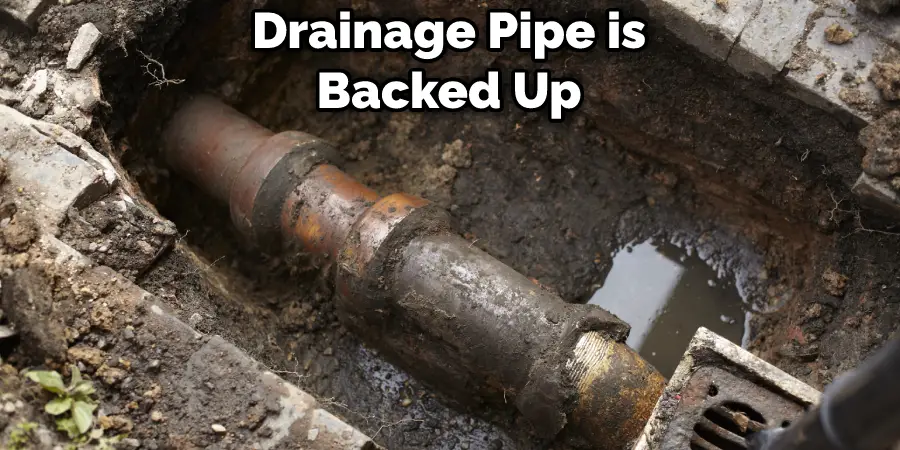
Conclusion
If your garage is an older structure, you may not have the proper building codes. Additionally, it may not be constructed so that the water can drain properly after heavy rains. In addition, most new construction builds property at an incline, which can result in flooding issues. To avoid flooding in your garage, you can hire a building contractor to install French drains or trench drains. However, you must be careful to install the drainage so that it does not drain towards neighboring properties, public construction, or public pipes. In this article, we have covered how to stop the garage from flooding. If you have any kind of confusion or problem don’t hesitate to reach out to us or you can always comment down below. Thanks for reading.

